Edge2Cloud
Edge processing on your Robustel Router or Gateway that supports translating and transporting industrial data to the cloud with clarity and control
Most IIoT projects stall because connecting legacy equipment to cloud platforms takes too long and costs too much. Edge2Cloud (E2C) removes that friction. It runs on Robustel routers, collects data from Modbus devices and router I/O, standardizes it, and delivers compact JSON securely to Microsoft Azure, Amazon Web Services, or any MQTT endpoint. You cut hardware, reduce custom integration work, and move from pilot to production with a simpler, more reliable architecture.
Want to learn more about the power of Edge2Cloud and its Northbound and Southbound Applications? Use the button below to speak to our team and request a demo of everything Edge2Cloud has to offer your business.
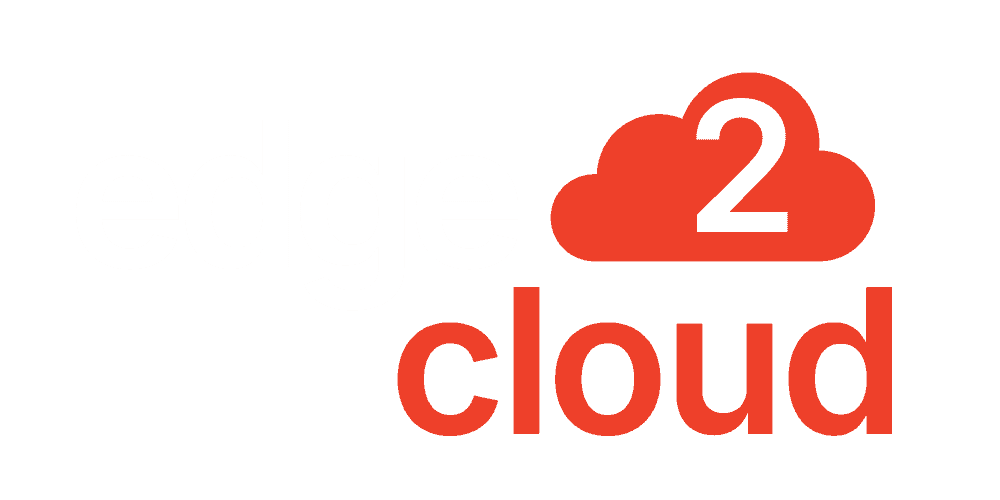
Edge2Cloud – The fast path from industrial data to the cloud
Edge2Cloud: What it is and why it matters
Edge2Cloud (E2C) is a framework in RobustOS that turns field signals into cloud-ready data. It reads from Modbus devices and router I/O, organizes values into compact JSON, and sends them securely to Microsoft Azure, Amazon Web Services, or any MQTT endpoint.
For decision makers, E2C removes extra hardware and custom translators, so projects move faster with fewer components and lower integration cost. For engineers, it provides a predictable point-table workflow, store-and-forward reliability during link issues, and a single outbound path that is easy for IT to review and approve.
Check out our ‘Edge2Cloud Quick Pitch’ video to learn more
How Edge2Cloud Works
Edge2Cloud (E2C) runs on a Robustel gateway as three simple building blocks. It’s designed to be easy to explain to stakeholders and precise enough for engineers.
Southbound inputs: Read data from the field over Modbus RTU/TCP and router I/O. Connections use common interfaces (serial RS-485/RS-232 for RTU; Ethernet for TCP). You define a point table—what to read, how often, and any scaling—and E2C handles polling and retries so reads stay predictable.
Broker (normalize, buffer, route): The broker decouples field reads from cloud sends. It converts values into compact JSON with timestamps and device identity, buffers data during link outages, and replays in order when the connection returns. This “broker” is an internal E2C component (it is not an external MQTT broker).
Northbound outputs: Publish the normalized JSON over secure MQTT (MQTTS) to Microsoft Azure, Amazon Web Services, or any MQTT endpoint you operate. Networking stays simple with a single outbound connection per site and a topic structure you control.
Quick flow:
- Configure point tables (addresses, scaling, intervals).
- Choose the cloud destination and topic format.
- Set buffering policy (linear or circular).
- Deploy to devices locally or via RCMS.
The outcome: one gateway acquires, normalizes, buffers, and delivers your data—so projects move faster, panels are simpler, and IT gets a clean, auditable path from site to cloud.
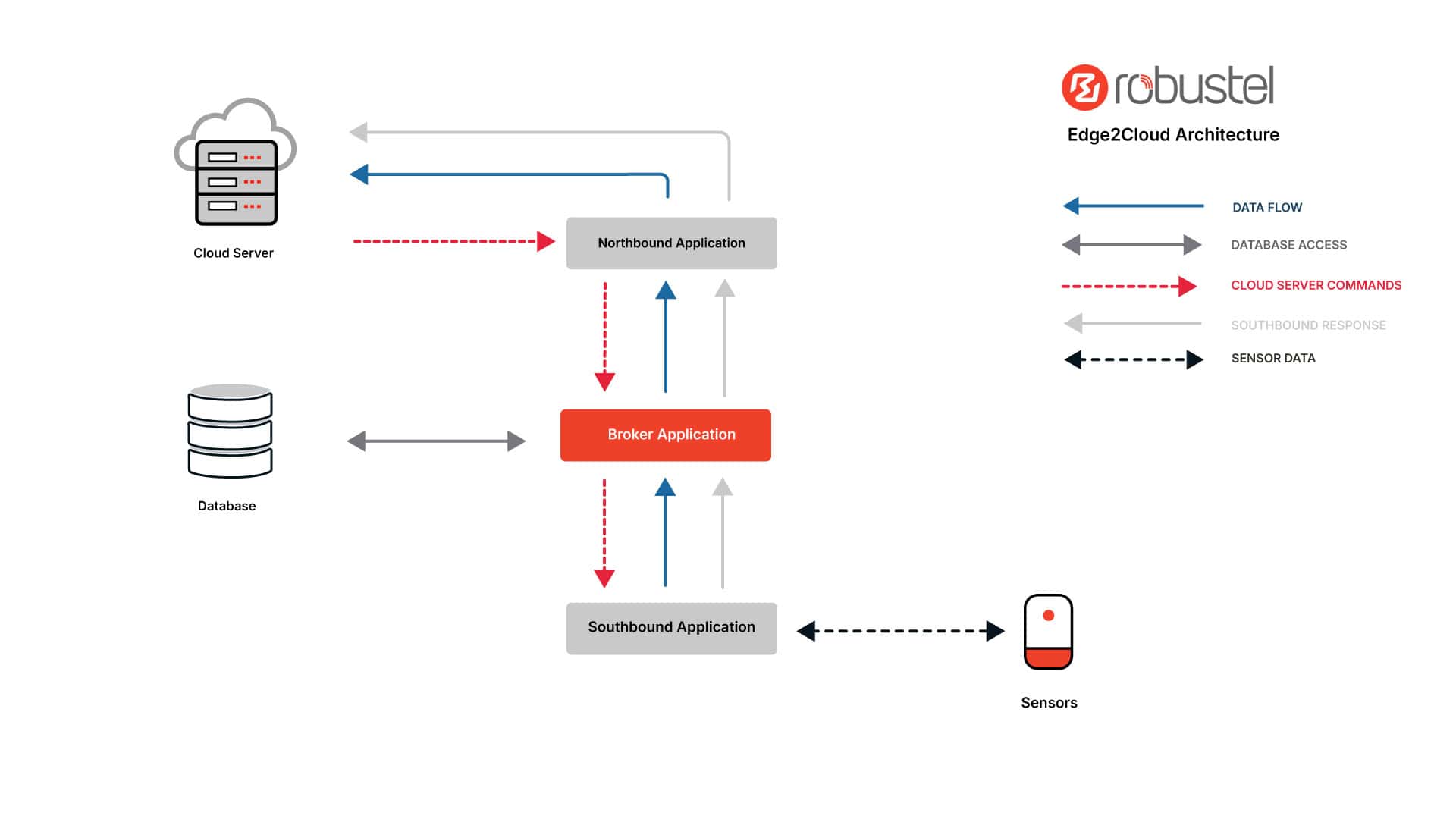
Typical Scenario – Modbus Data to Cloud
Typical pattern: A Robustel router/gateway reads Modbus RTU/TCP devices on site, Edge2Cloud (E2C) converts and buffers the values, then publishes a single secure MQTT stream to your application in Microsoft Azure, Amazon Web Services, or any MQTT broker. Connectivity can be fixed line or cellular, while RCMS manages the device remotely. The result is reliable data flow to the cloud without an extra protocol box or custom translators.
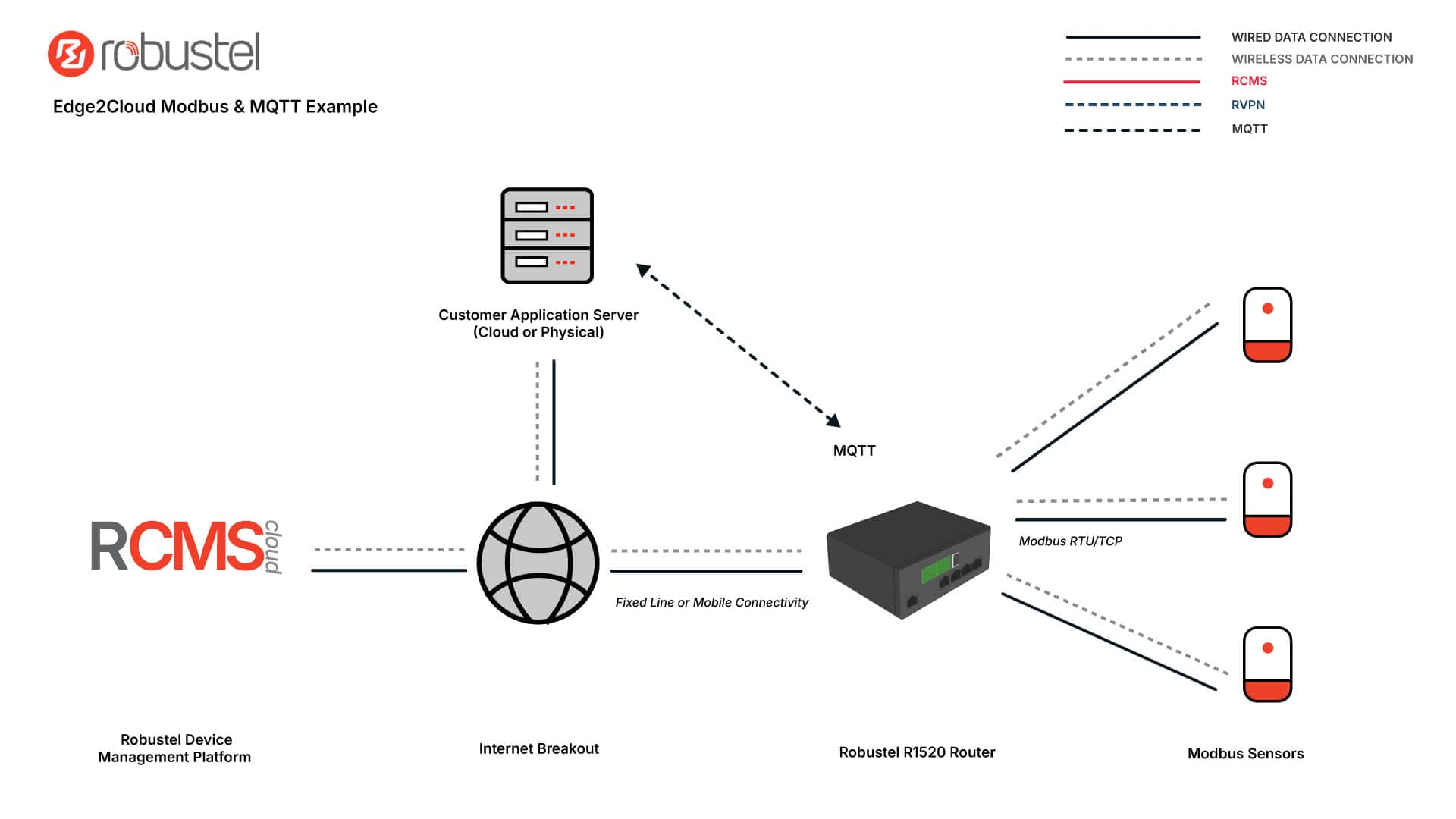
Supported Integrations – Northbound Data Push
MQTT
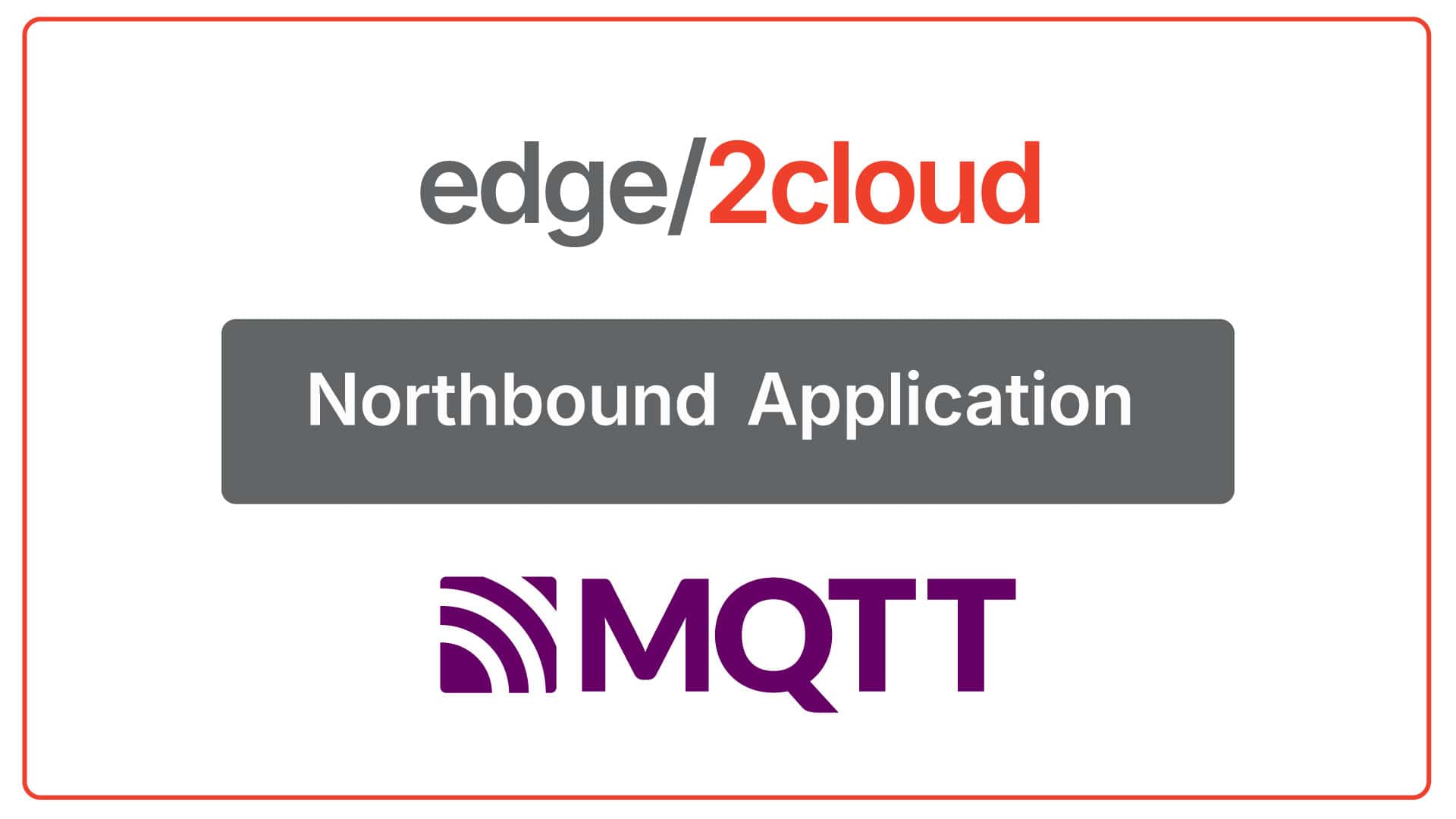
Target any standards-based MQTT broker using MQTTS. Define the topics you want, and Edge2Cloud publishes consistent, timestamped payloads from a single secure connection. This keeps networking simple and lets you integrate with existing brokers and tools.
Amazon Web Services (AWS)
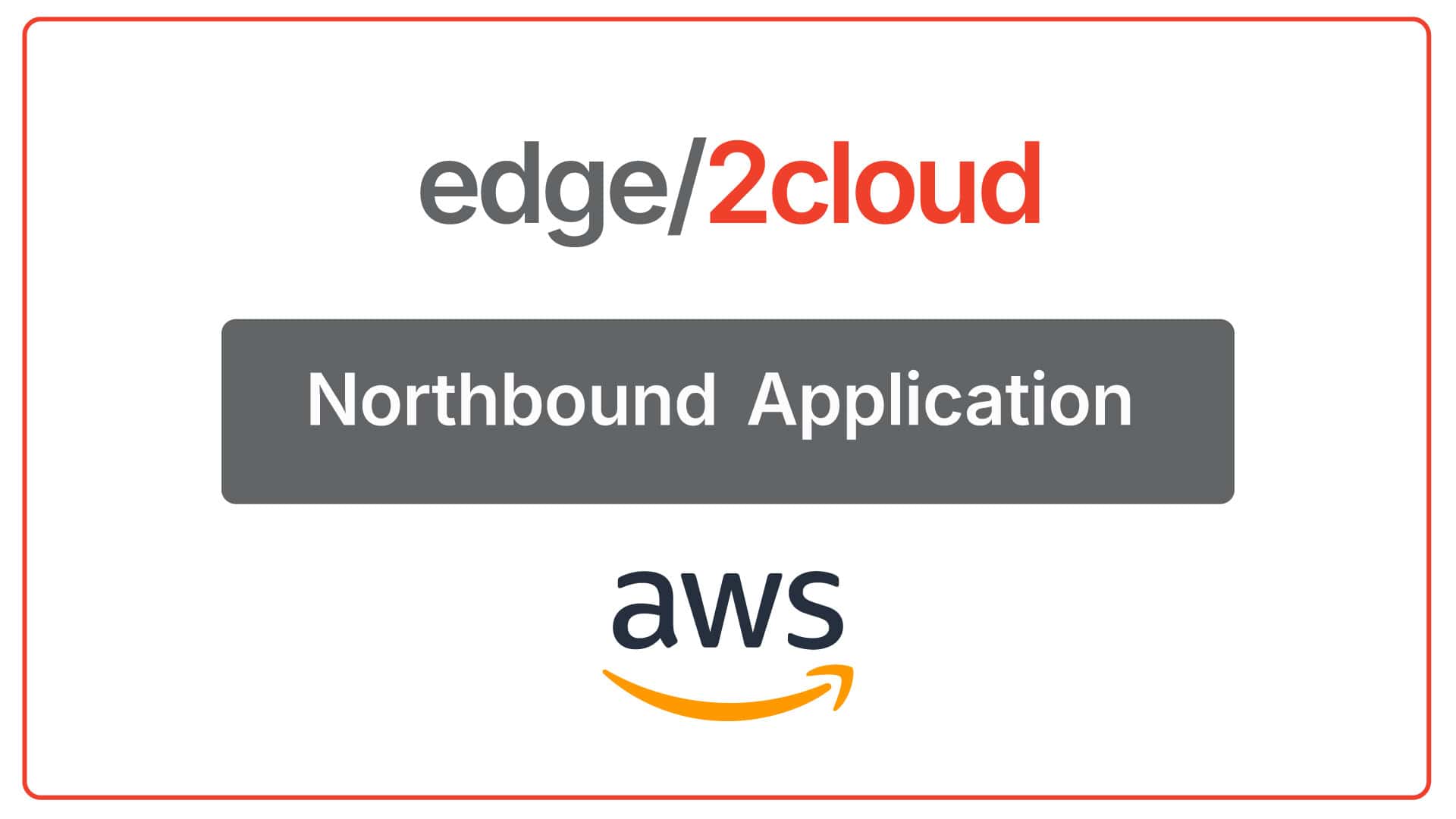
Send normalized JSON to AWS over secure MQTT, using a topic hierarchy that matches your account structure. Edge2Cloud keeps reads and cloud sends decoupled with store-and-forward reliability, so data arrives in order even after link interruptions. You get a clean, repeatable path into your AWS pipelines.
Microsoft Azure
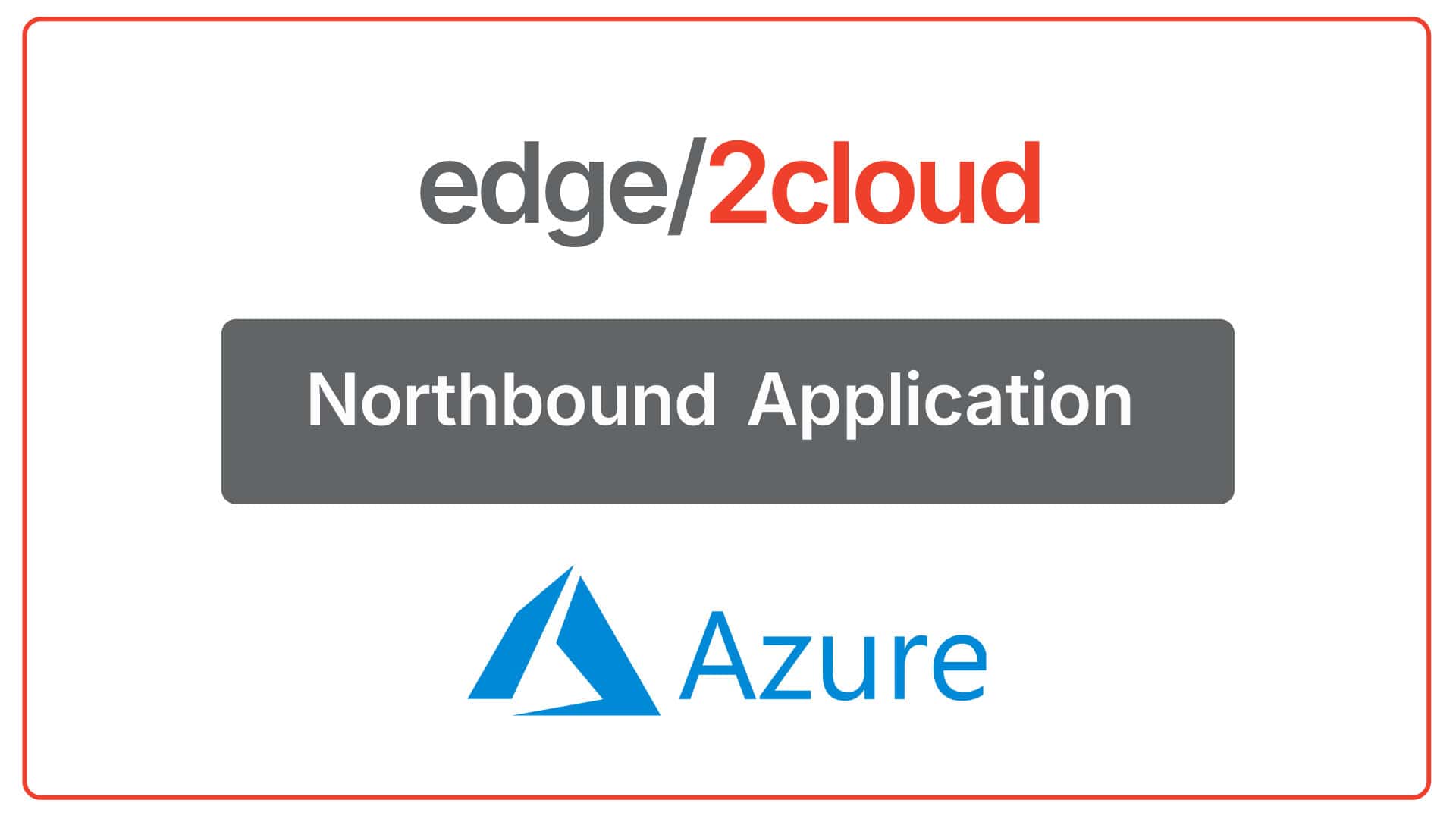
Publish compact JSON from the edge to Microsoft Azure over secure MQTT. You choose the topic structure; Edge2Cloud handles normalization, buffering during outages, and a single outbound connection per site. It’s a straightforward path into your existing Azure ingestion, storage, and analytics workflows without building custom translators.
Supported Integrations – Southbound Data Pull
Modbus
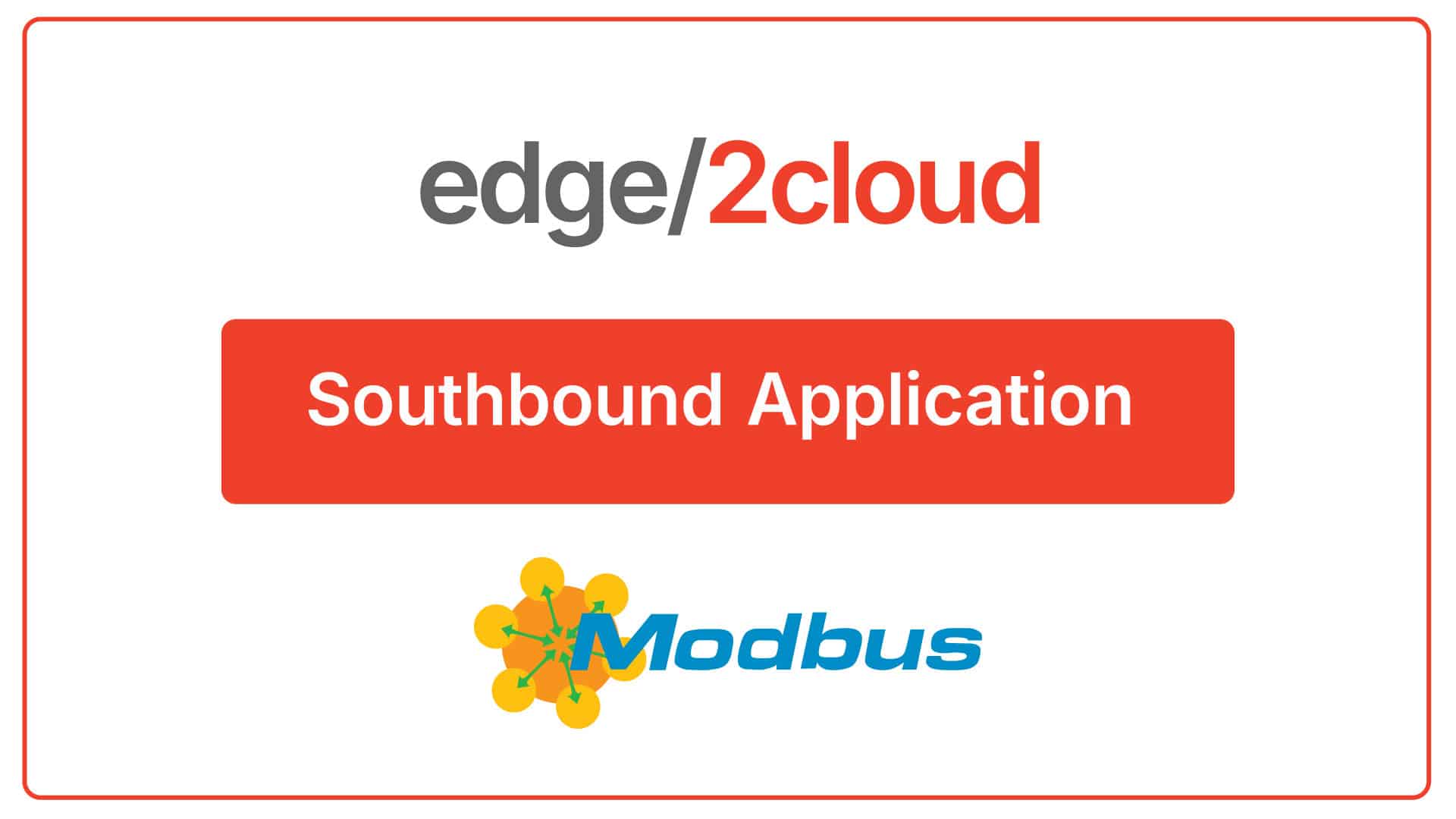
Read coils and registers over Modbus RTU or TCP and turn them into well-labeled JSON without an extra protocol converter. Point tables capture addresses, scaling, and sampling intervals; Edge2Cloud manages polling, retries, and ordering so your cloud data stays consistent.
Router I/O
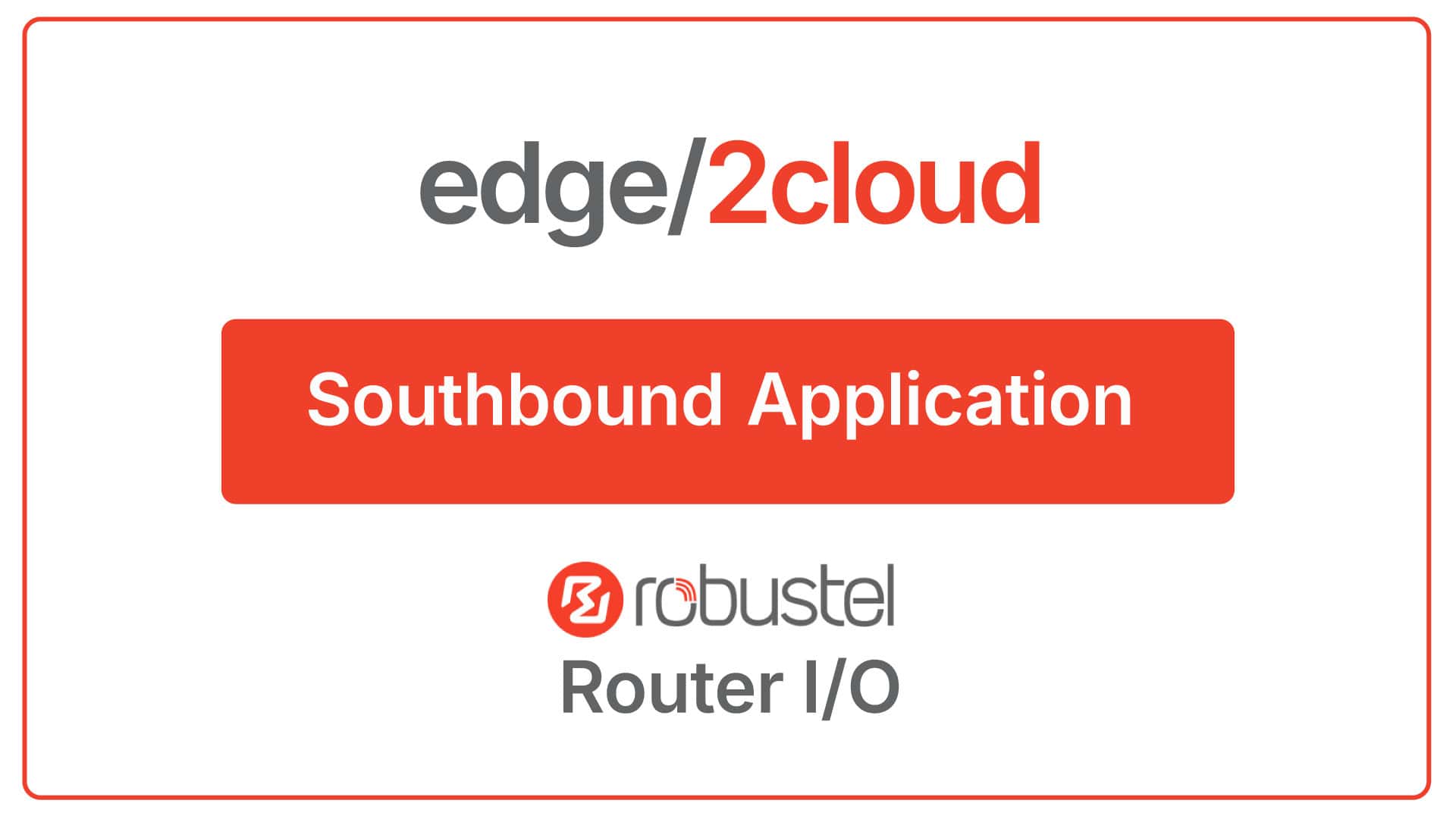
Bring digital inputs/outputs and analogue inputs into the same data flow. Edge2Cloud timestamps readings and events, normalizes values, and includes them in the outbound JSON stream reducing the need for a separate RTU and keeping edge signals and cloud actions in sync.
Edge2Cloud + RCMS: Configure once, Deploy everywhere
Build and edit point tables in RCMS pick the Modbus registers and router I/O you need, set scaling and intervals then push the update to any Robustel gateway in the field without a site visit. Use groups to stage changes, apply them with Zero-Touch, and keep a clear record of who changed what, where, and when. If something is not right, roll back cleanly and try again on a smaller ring. The result is faster iterations, lower cost, and a fleet that stays consistent as you grow.
Real-World Use Cases: How Edge2Cloud Boosts Industrial Operations
Power & Energy Monitoring

Keep uptime high and costs transparent by pulling measurements from PDUs, UPSs, meters and breakers into one stream. With E2C, the gateway reads Modbus registers (voltage, current, power, temperature) from mixed vendors, normalizes values, buffers during link blips, and publishes compact JSON to your cloud—so capacity planning, alarms and sustainability reporting all draw from the same source of truth. This mirrors how PDUs/UPSs are commonly exposed via Modbus in DCIM stacks today.
HVAC & BMS
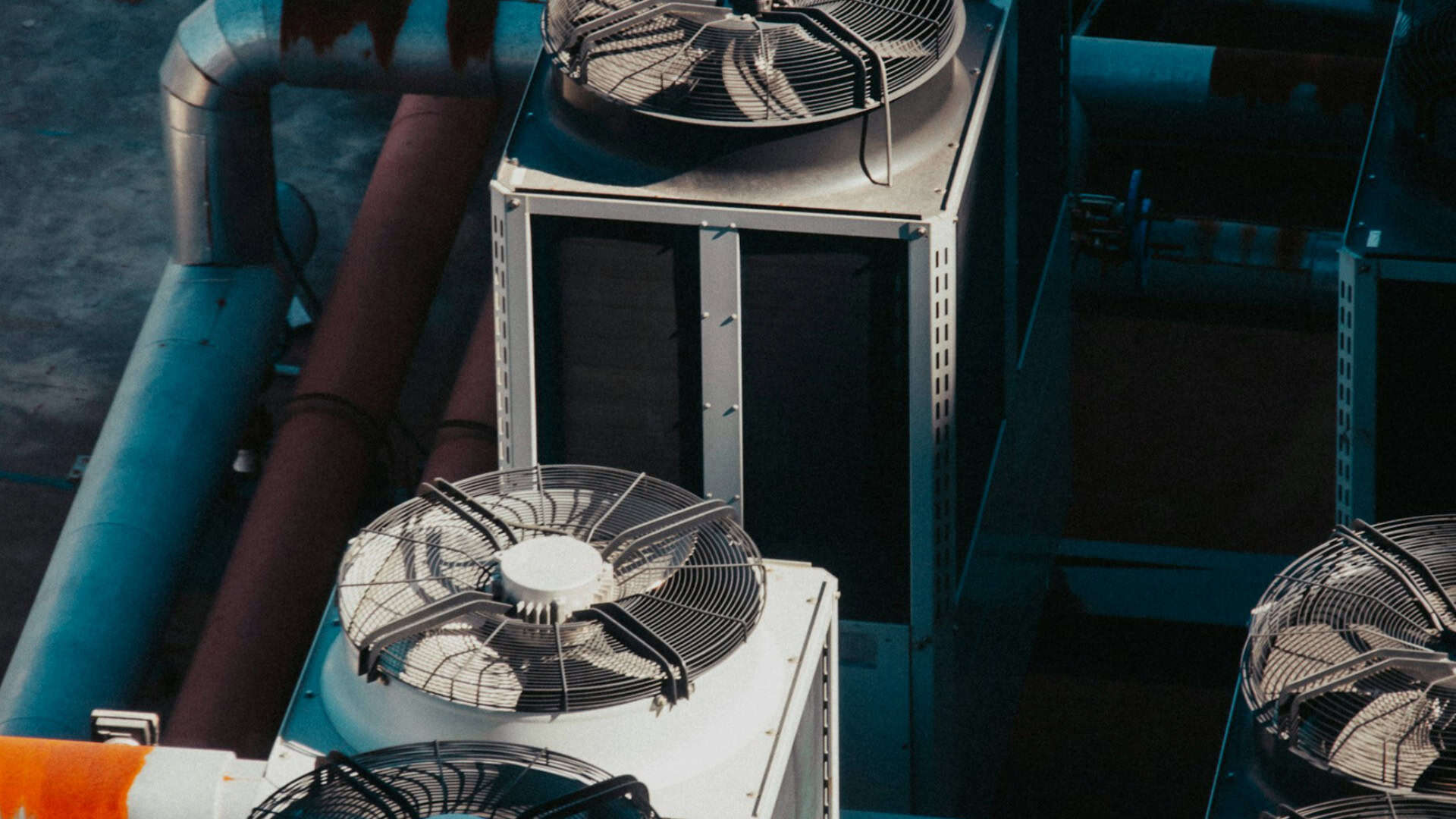
For multi-site portfolios, the quickest wins often come from HVAC and plant equipment already speaking Modbus (chillers, AHUs, VFDs, meters). E2C polls those registers on a schedule, applies scaling and tags, and forwards clean JSON to your analytics or energy platform without adding a separate protocol box. That aligns with common BMS practice where Modbus is a standard integration language for HVAC, lighting and energy metering.
Water and Wastewater Sites
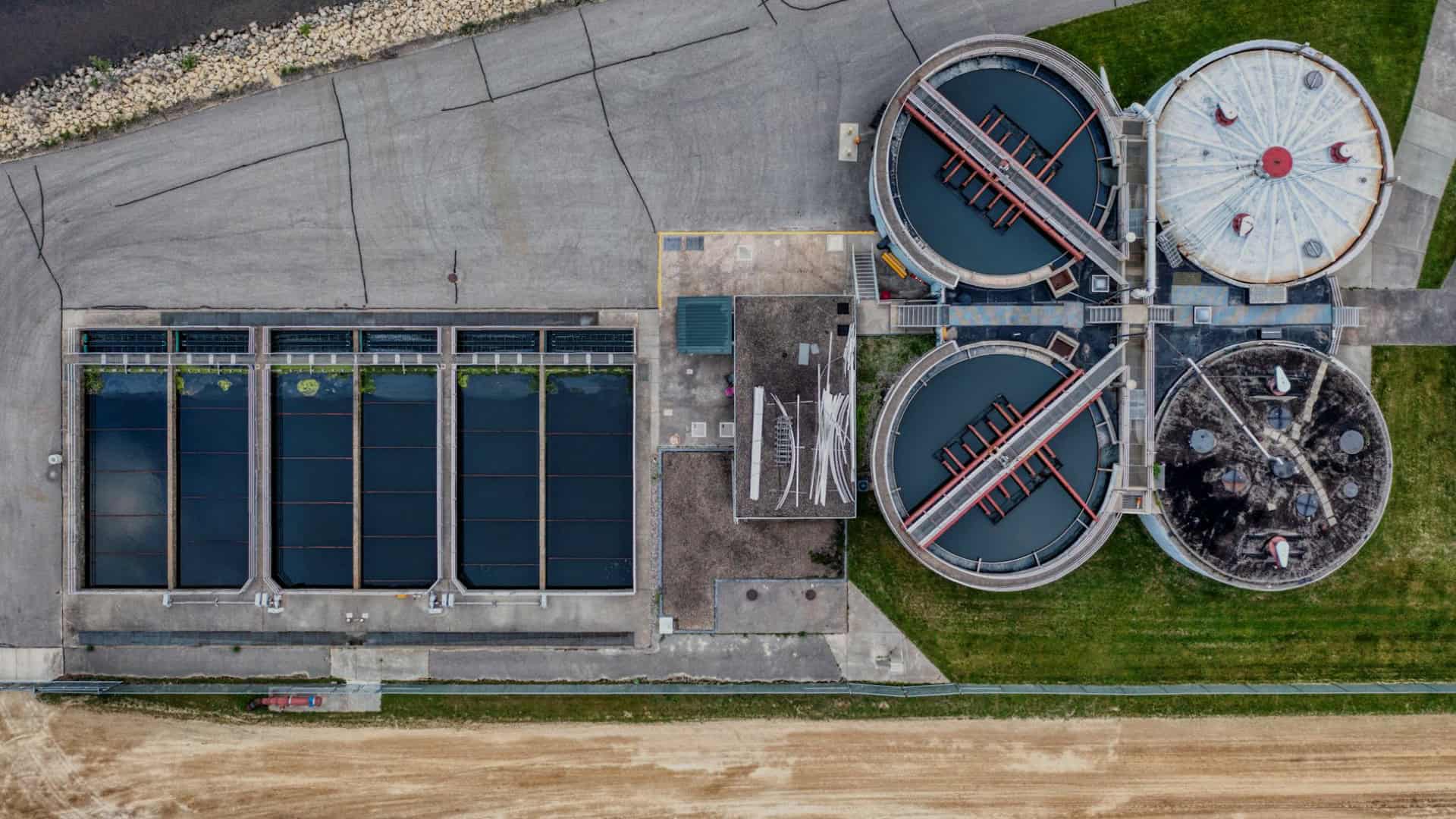
Utilities run dispersed pump and lift stations where links can be unreliable and equipment varies by vendor. With Edge2Cloud on a Robustel router, each site reads Modbus points (flow, level, pressure, run hours, faults) and any router I/O events, then publishes compact JSON over MQTTS to Azure, AWS, or your MQTT broker. The broker normalizes values and buffers during outages, resending in order on recovery so trends and alarms stay intact.
Work with IoT Experts who Respect your Industry Knowledge
You know your industry best. We bring deep expertise in IoT device development and deployment, turning your goals into stable designs, repeatable profiles, and smooth rollouts. Together we build a long term partnership that supports scale, growth, and efficiency.
